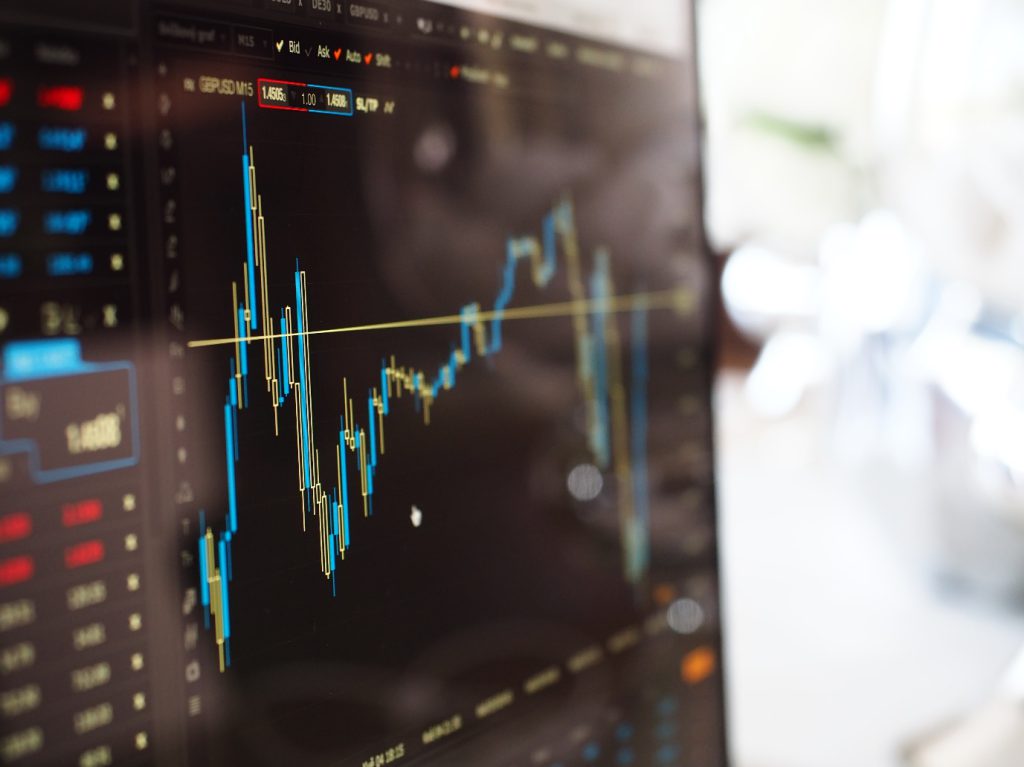Learn how to read candlesticks to identify price extremes and momentum in the market. This is a vital skill in day trading. There are many candlestick patterns you can learn, including the Bullish harami cross and price intervals. Using candlesticks will help you focus on the market’s price extremes and momentum, and will help you make the best possible trading decisions.
Price intervals
Candlesticks give traders a lot of information, and the best part is that they’re very easy to read. They include the open, high, low, and close of a given day. This helps traders determine the direction and amount of movement in the market. Candlesticks are also important because they show current price, which is a good indicator for those who use price action trading techniques.
Candlesticks can also tell you about the price range. They represent the buying and selling of stocks in a specific time period. The body of a candlestick is called the wick, and it is the part of the candle that shows the high and low prices. The top of the candle will be the lowest price, while the bottom will be the highest price.
Candlesticks can also tell you if a stock is on track to hit its high or low. The body of a candlestick is solid and the upper and lower wicks will have different colors to represent the high and low of the period. The candlestick will also have a shadow, which will indicate the lowest and highest prices of that period. Candlesticks can be used to make trading decisions, and they can be combined with other technical tools like trendlines and conventional market indicators. In addition to showing trends, candlestick charts can help you predict future events by providing early warnings of upcoming trends.
The next step in reading a candlestick chart is to understand the pattern of the candlesticks. You can do this by following the Heiken-Ashi technique. This technique is the best for beginners, as it filters out unnecessary information and gives you a clear picture of the market trend. The Heiken-Ashi chart has been used for centuries, and it can give you important insights into the current trend of a stock.
Candlestick patterns
Candlestick patterns are an important part of technical analysis and can help you decide which stocks to trade. These patterns are a combination of four components that help you identify the direction that the price is moving in. You can use these patterns to determine the direction of a stock’s price trend, and you can use them to determine when to buy and sell.
A doji is a Japanese candlestick pattern. It is visually similar to the cross, but has a shorter body. This pattern signifies that the market has reached its yang limit and is now in a neutral state. However, this type of pattern is also prone to misinterpretation.
Candlesticks can be used to gauge market sentiment over long periods. They can be more or less meaningful for trading purposes compared to shorter periods, as price movements within a day can be caused by random money flow. Generally, the longer the wick is, the more indecision and back and forth struggle between buyers and sellers.
Candlestick patterns can help you determine whether certain market forces are taking control of the market. They can help you identify whether the buying or selling is dominated by fundamental or psychological factors. Once you know how to read a chart, reading a candlestick pattern can be easy.
Bullish harami cross
Bullish Harami Cross candlesticks are a form of candlestick pattern that consists of a black candle and a Doji. The pattern signals the end of an ascending trend and the beginning of a downward trend. It is more appropriate than the Bullish Harami pattern when the market is trending downwards. The first candle is a long black candle. Then, a Doji is formed with its body fully covered by the previous candle.
This candlestick pattern can be seen in Gold ETF (GLD), where a harami cross is found at the bottom of a four-day downward trend. The first day shows a bullish candlestick, while the second day is marked by a small bearish candlestick. On the third day, a bearish candlestick opens within the body of the first day and closes below the low of the second-day bullish candlestick. Some traders prefer to wait until the third day closes below the low of the second day bullish candlestick, so that they can confirm the pattern.
Bullish harami cross candlesticks are not common in price charts, but if they form, they are considered a strong indicator. Traders who have short positions may choose to exit their positions if the price falls and breaks below the low of the first candlestick. In contrast, traders who have long positions may choose to hold on to them, as long as they keep a stop loss below the doji’s low and sell before they lose a lot of money.







Facebook Comments